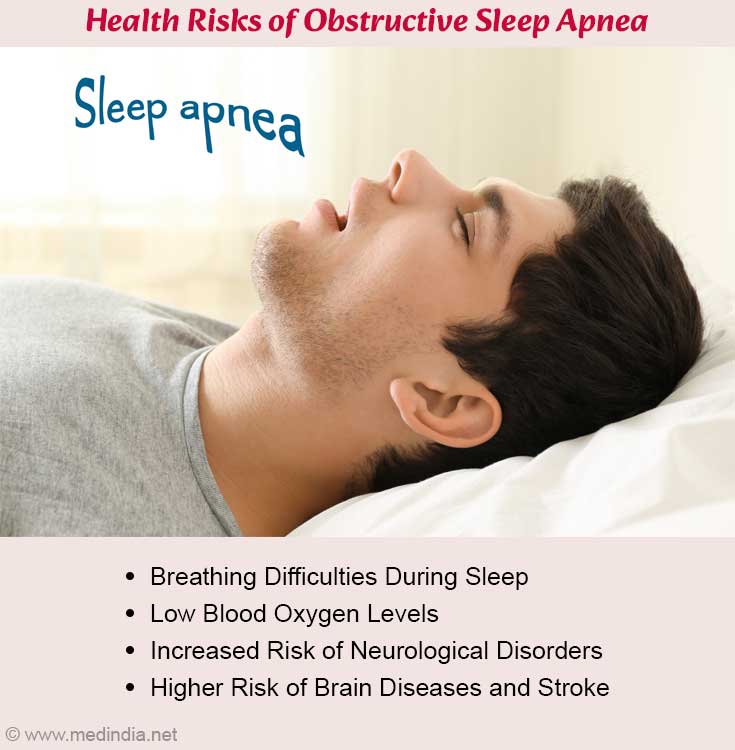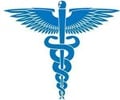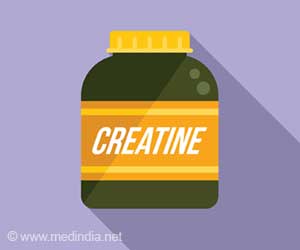Sleep apnea increases Parkinson’s risk. Early continuous positive airway pressure (CPAP) treatment lowers this risk by improving oxygen levels and protecting brain health.
- Untreated sleep apnea increases the risk of brain disorders like Parkinson’s
- CPAP therapy can improve sleep quality and protect brain health
- Starting CPAP early reduces the risk of Parkinson’s and other health problems
Sleep apnea linked to increased risk of Parkinson's, but CPAP may reduce risk
Go to source). Treating the condition early with continuous positive airway pressure (CPAP) therapy within two years of diagnosis may help reduce this risk.
About half of the world's population has obstructive sleep apnea (OSA). #parkinsonsdisease #sleepingdisorder #sleepapnea #medindia’
What is Obstructive Sleep Apnea?
Obstructive sleep apnea (OSA) is characterized by episodes of complete or partial blockage of the upper airway during sleep. The throat muscles relax too much during sleep, blocking the airway. This leads to repeated awakenings as the body struggles to breathe and reduces the oxygen levels.When left untreated, it can affect brain health and increase the risk of various diseases like cardiovascular problems and neurological disorders like Parkinson’s disease.

How does CPAP treat Sleep Apnea
CPAP therapy helps treat sleep apnea by delivering pressurized air into the nose and mouth. The air is passed through a mask from a machine, preventing airway blockages and ensuring continuous breathing throughout the night. This improves sleep quality, helps maintain normal oxygen levels, and reduces strain on the heart and brain. By improving oxygen supply, CPAP therapy may also protect brain cells from damage that could lead to Parkinson’s disease.The pressurized air passes through an air filter and into a flexible tube. It is then delivered from a mask sealed around the nose or mouth. There are different CPAP masks like nasal pillow masks, nasal, and full masks.
Link Between Sleep Apnea and Parkinson’s Disease
Researchers analyzed over 20 years of medical records from nearly 1.6 million patients with sleep apnea and compared them with almost 10 million people without the condition. The study examined how many participants developed Parkinson’s disease over time.Among those with sleep apnea, 3.4% (5,284 people) developed Parkinson’s within five years. Of those without sleep apnea, 3.8% (37,873 people) developed Parkinson’s. By calculating factors like age, smoking, and general health, there were 1.8 more cases of Parkinson’s disease per 1,000 people compared to those without sleep apnea.
Impact of CPAP Therapy
Researchers found similar rates among people with sleep apnea who started CPAP after two years as those who did not use CPAP, with 9.5 and 9.0 cases of Parkinson’s disease per 1,000 people respectively. However, researchers found a lower rate of Parkinson’s among those who started CPAP early, within two years of diagnosis, with 2.3 fewer cases per 1,000 people when compared to people who did not use CPAP.The study suggests that sleep apnea may contribute to Parkinson’s risk, but early intervention with CPAP therapy could help lower this risk. Since untreated sleep apnea is already linked to heart attacks and strokes, using CPAP early can offer multiple health benefits. If you or a loved one has been diagnosed with sleep apnea, it is important to discuss CPAP therapy with a healthcare provider before using it.
Limitations of the Study
While the study has given promising results, researchers couldn’t track whether participants used CPAP consistently as prescribed. The study focused on people who may develop health risks than the general population. Future studies should monitor patients more closely and over longer periods to validate these findings.Using CPAP therapy early can improve your sleep, and heart health, and protect your brain from conditions like Parkinson’s. Early treatment can potentially lower their risk of neurological diseases.
Reference:
- Sleep apnea linked to increased risk of Parkinson’s, but CPAP may reduce risk - (https://www.aan.com/PressRoom/Home/PressRelease/5239)
Source-Medindia
















